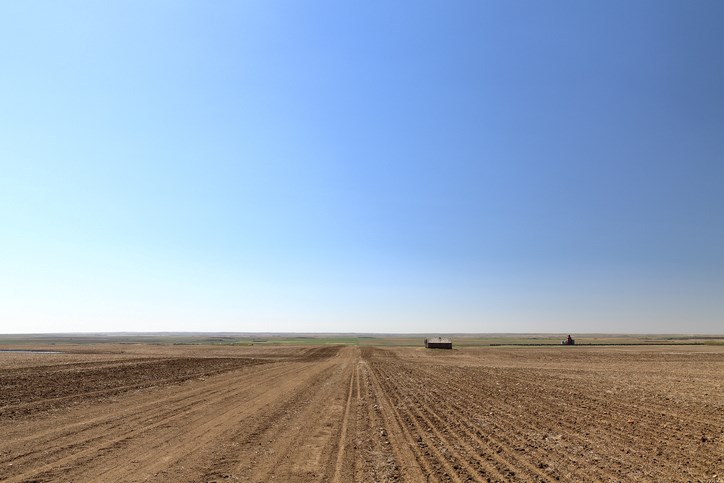HUMBOLDT — With local producers facing dry conditions, the best thing they can do right now is to give their seed the best start they can, said a provincial crop specialist.
“It's basically going to be to follow your best agronomic practices and set yourself up in the field for success the best that you can,” said Michael Brown, who’s based out of the Humboldt Ministry of Agriculture office. “You’ve got to cross your fingers and hope Mother Nature plays along.”
He said it’s important producers know what they are seeding, what the maximum recommended seating depth is for that crop and getting it into good moisture if possible.
As of the end of April, Humboldt has seen 20.8 millimetres of participation, compared to 26.1 in 2020 and 40.3 in 2019. According to monthly participation data over the past 10 years, the largest rains tend to happen in June, July and August.
“We’re going to want to see some timely rains come June,” Brown said. “Even before then, I'd be more than happy if I had to stop seeding for three days, getting a soak and shower.”
The provincial crop specialist said in fields that had good residue cover, like heavy canola or cereal straw, it seems that more moisture has been retain in the soil, while fields that were cut low in the fall, was worked with any tillage in the fall, or have something like peas or lentils are seeing drier soil conditions.
Brown said he’s heard of some producers chasing the moisture with their seed drills, something he said should be done with caution. Some crops, like canola, can see reduced yields if they’re planted too deep. As well producers should consider the effect of soil compacted by equipment becoming looser later, burying the seeds deeper than intended.
If a producer is looking at doing in-crop spraying, Brown said they’d have to secure a reliable water source for it, and make sure they’re going to have enough water for that. If they are pulling from a dugout that’s lower, it could be worth testing it for pH, bicarbonate and total hardness to prevent problems before they start.
Those using seed-placed fertilizers should also consider that the provincial recommendations are based on good to excellent soil moisture conditions, Brown said, so producers might want to look at lowering seed-placed fertilizer rates a little bit if they are at the high end and look at doing in-crop broadcasts of some fertilizer later on.




